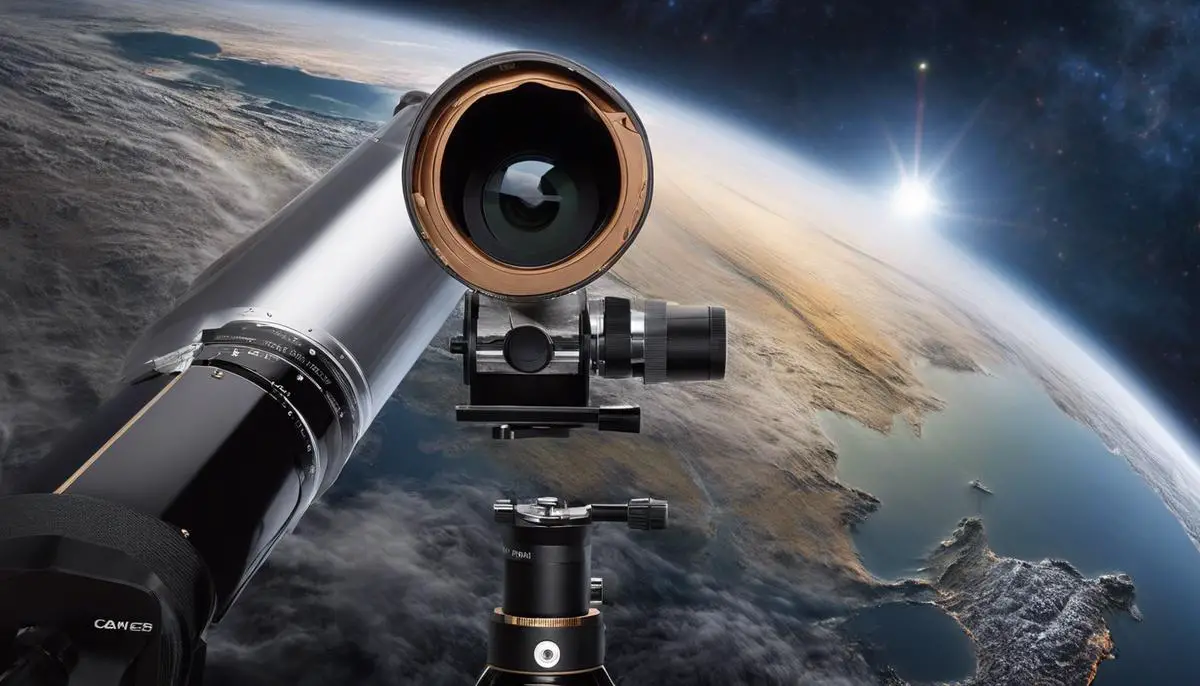There’s an entire cosmos of wonders waiting to be explored just outside our world. With the right piece of equipment, such as a 90mm telescope, one can uncover an impressive array of deep sky objects, those celestial bodies existing beyond our solar system, including captivating nebulae, distant galaxies, and mesmerizing star clusters. In this detailed guide, we aim to empower you to tap into the full potential of your 90mm telescope, enabling you to see and capture the beautiful anomalies that decorate our universe. You will learn how to truly understand your equipment, identify and observe deep sky objects, and even capture these amazing visuals through the science of astrophotography.
Understanding Your 90mm Telescope
The 90mm telescope, a popular choice amongst astronomy enthusiasts, comes packed with unique features that make it a powerhouse in the world of stargazing. Perhaps the most compelling feature of a 90mm scope is the aperture size – 90mm isn’t just a random number. It measures the diameter of the main lens or mirror, which collects light from distant objects. The larger the aperture, the more light a telescope can gather, rendering clearer, brighter images. This makes viewing stellar bodies beyond our solar system feasible. Additionally, the 90mm telescope strikes the right balance between capturing enough light and maintaining a manageable size, perfect for hobbyists who require a lightweight and portable rig.
Another key feature of this telescope is its potent magnification power. A telescope’s prowess lies in its capacity to magnify distant objects, and the 90mm variety excels in this aspect. With the correct eyepiece, this telescope can offer high magnification views, making it possible to witness the craters on the moon, the rings of Saturn, and Jupiter’s moons in splendid detail. A sizeable field of view can also help observe larger celestial objects like nebulae, star clusters, and galaxies. Moreover, many 90mm telescopes are designed with a motorized tracking system. This system can adjust the position of the telescope to follow the motion of the sky, ensuring that celestial objects remain in sight.
Finally, the versatility of the 90mm telescope deserves mention. Not limited to only astronomical observations, this telescope can also be used for terrestrial viewing. By adding the correct attachment, it can double as a long-range spotting scope, useful for observing wildlife, landscapes, or seascapes. This functionality extends its usability beyond the twilight hours, making it an excellent all-rounder for all observational interests. The enticing blend of power, flexibility, and portability makes the 90mm telescope a shining star amongst hobby and intermediate level telescopes.
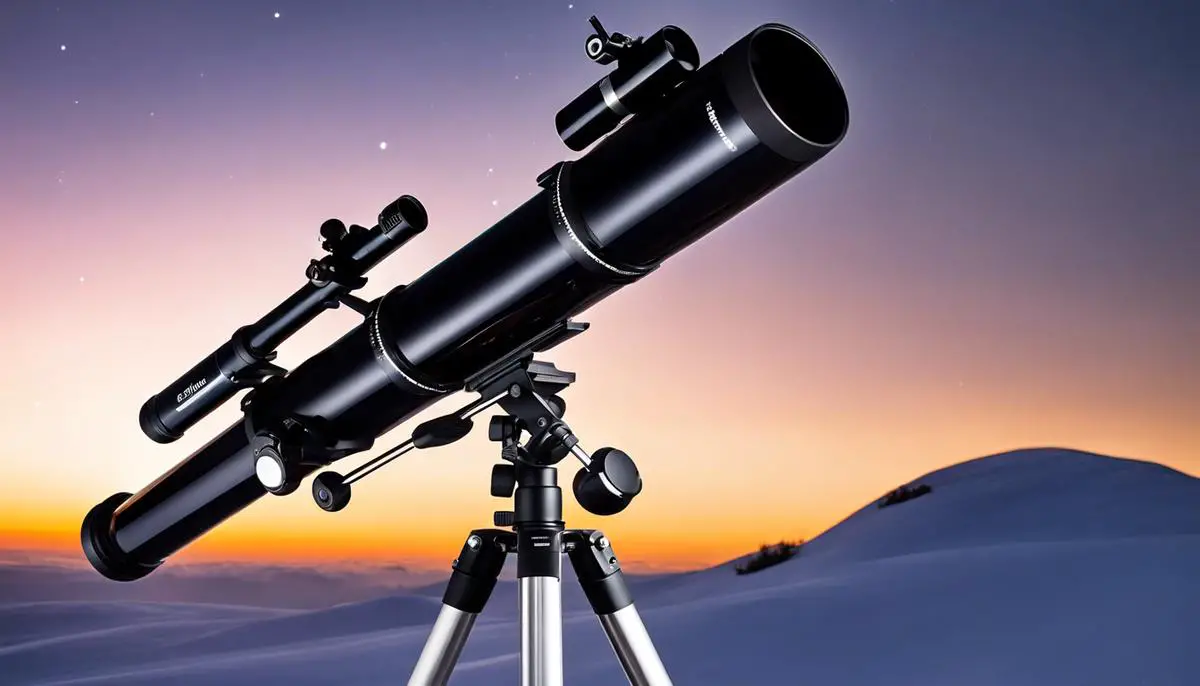
Identifying Deep Sky Objects
Before beginning your starlit adventure, it’s crucial to familiarize yourself with the sky map. This is a blueprint of the night sky, varying based on your location and the season; understanding it is fundamental to your celestial exploration. With a 90mm telescope, it’s possible to spot various deep sky wonders such as nebulae, galaxies, and star clusters. When starting out, you might want to aim for larger, brighter celestial objects such as the Andromeda Galaxy or the Orion Nebula.
To enhance your experience, consider investing in a set of good quality eyepieces. The standard eyepiece that typically comes with the 90mm telescope could limit your sky-gazing potential. High-quality eyepieces will offer varied magnification levels without compromising on the crispness of the image. Remember, using a higher magnification does not necessarily mean better viewing. It’s all about striking the perfect balance between magnification and the amount of light your telescope can gather.
While a 90mm might not compete with larger, more powerful models, under the right conditions, you could even spot some Messier objects. Surprisingly, these deep-sky objects can often be seen with amateur-level scopes under clear, dark skies. Use your 90mm telescope to pinpoint the location of your desired object first, then switch to higher magnification for a closer look. Pair this with your sky map’s guidance for a truly rewarding stargazing experience. Every step you take in your deep sky object identification, every star cluster you successfully name, every galaxy you pick from the velvet blanket of the cosmos, it only drives the passion deeper, making this awe-inspiring hobby an addiction you would be glad to have.
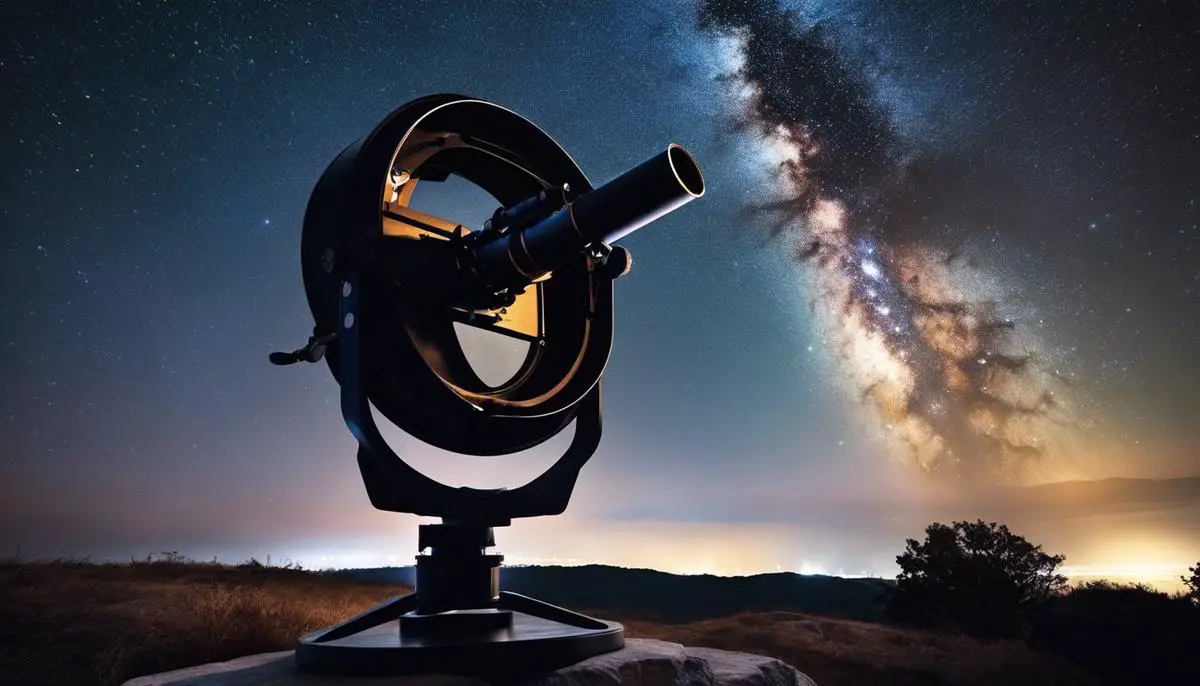
Best Practices for Deep Sky Observing
Observing celestial marvels with a 90mm telescope can prove to be an enriching experience for any astronomy enthusiast, but only when the observing conditions are optimal. Paying attention to light pollution, a common deterrent for vivid celestial viewings, is crucial. Observing from dark, remote locations away from city lights would certainly enhance the visibility of galaxies, nebulae, and star clusters. However, if rural stargazing isn’t feasible, certain light pollution filters can be bought and added to the telescope to improve city skygazing experience.
Optimal viewing also depends on the quality of your telescope’s mount. It is advisable to have a mounted telescope with a sturdy, well-balanced tripod. Stability is key to maintaining a steady view of the objects you’ve taken the time to focus on. Manual mounts are sufficient if you’re just starting and you’re on a budget. However, as your stargazing skills advance, consider upgrading to a motorized equatorial mount. This type of mount compensates for the Earth’s rotation and maintains your focus on the celestial object, providing uninterrupted stargazing.
Properly aligning and focusing your telescope is another important practice. Get to know your telescopic equipment. Understand how to adjust the focus and learn how to align the Finder scope with the main telescope. The Finder scope, like a pointer, can help you zero in on the celestial objects you wish to study. Regular cleaning and maintenance of your telescope will prolong its function and keep your deep-sky views clear. Remember, patience is crucial in this hobby. Allow your eyes to adjust to the darkness for better night vision and take time to get acquainted with the positioning of celestial bodies. This way, your stargazing sessions will not only be enjoyable but also educational.
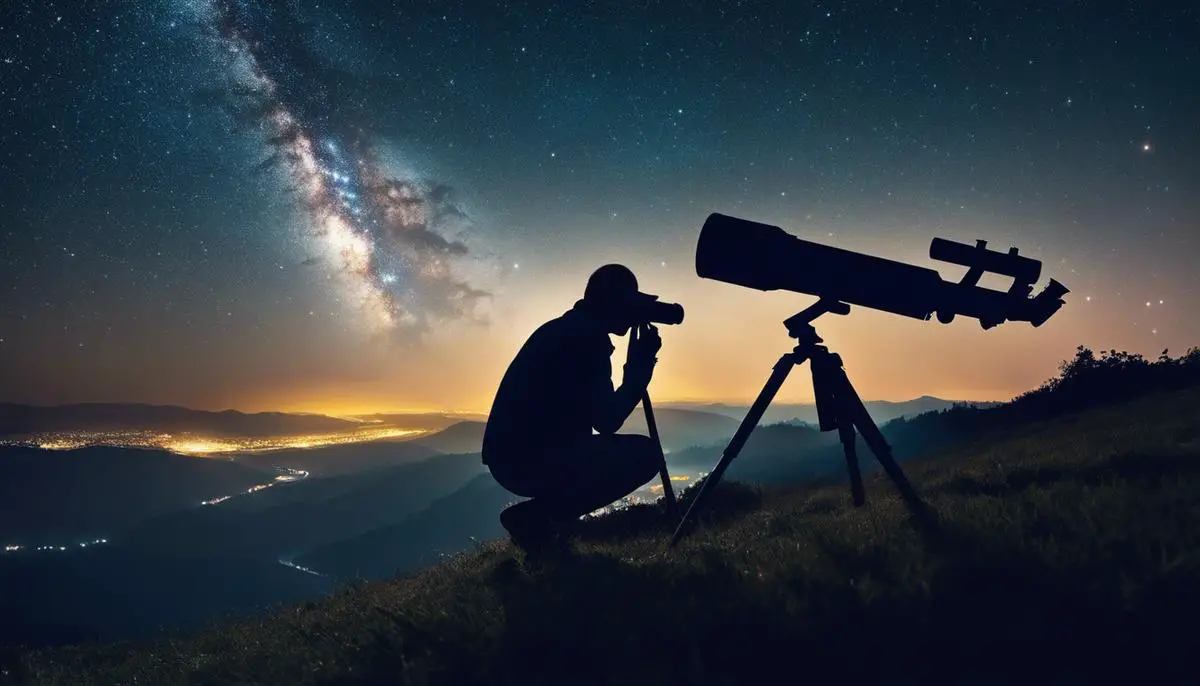
Photographing Deep Sky Objects
Jumping right in, a 90mm telescope indeed allows for stellar photography of deep-sky objects; however, just because you can, doesn’t mean it’s easy. Let’s clarify this. When we talk about ‘deep-sky objects’, we mean celestial bodies beyond our solar system like galaxies, nebulae, and star clusters. While a 90mm aperture takes in a decent amount of light (which we’ve already established as the key to bright, crisp snapshots), a camera’s sensitivity and speed are also crucial. You’ll want a camera with a high ISO rating for maximum light sensitivity. Many seasoned hobbyists recommend DSLRs for their versatility and superior image sensors.
The technique you’ll develop for deep-sky photography involves ‘stacking’ photos. Quite different from a quick snap for your social media, this process involves taking multiple, long-exposure photographs. This sequence boosts the camera’s ability to capture dim light over a space of time and aggregate them to form one detailed image. Stacking can be achieved with specific astronomy software that will align and combine these photos, enhancing the minute details and diminishing noise.
Pair your camera with a T-ring and adapter to attach it to the telescope. Patience (a lot!), focus, and trial and error are essential here. Night sky is, indeed, a moving target with constantly changing conditions. So, adaptability is crucial. Don’t be discouraged and remember, key aspects such as ISO, shutter speed, focus, and aperture will constantly change depending on your object, the sky’s conditions and light pollution. Auf Wiedersehen to a stable day job and welcome to the exciting nights with celestial wonders!
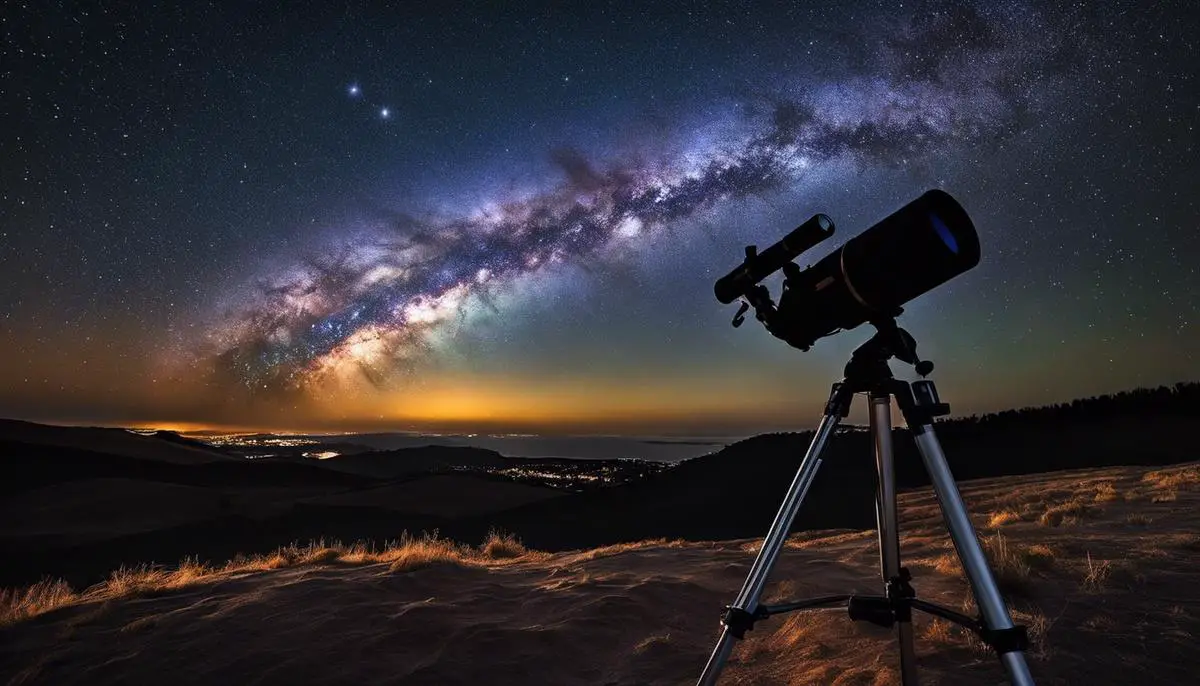
There’s no doubt that space exploration presents one of the most thrilling adventures right from the comfort of your backyard. The majesty of deep sky objects offers an intoxicating blend of beauty, science, and discovery. Armed with your 90mm telescope, the knowledge to identify celestial bodies, effective observational strategies, and a newfound understanding of astrophotography, you have everything you need to embark on this captivating endeavor. Remember, patience and practice are your closest allies in this journey to the stars, as there is always more to discover, learn and photograph in our awe-inspiring cosmos.
![]()
